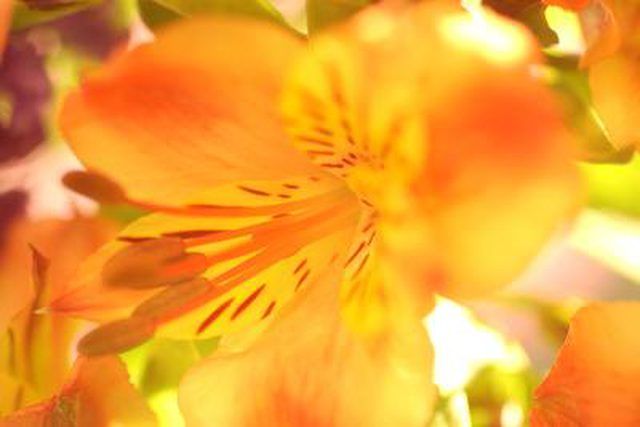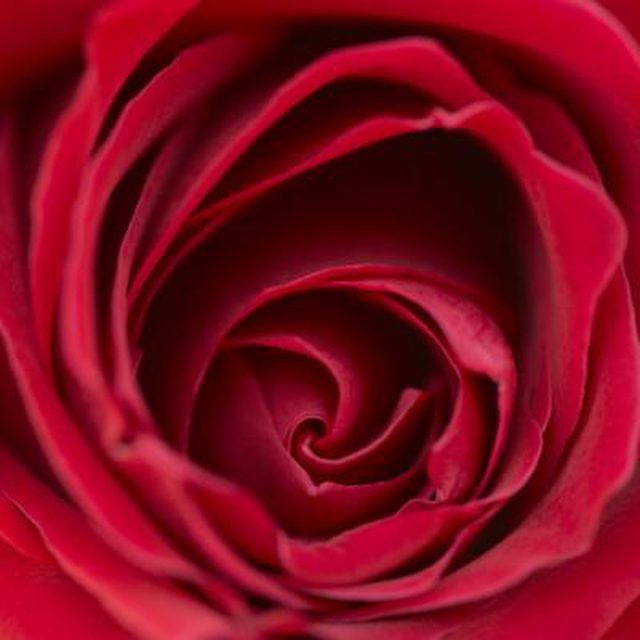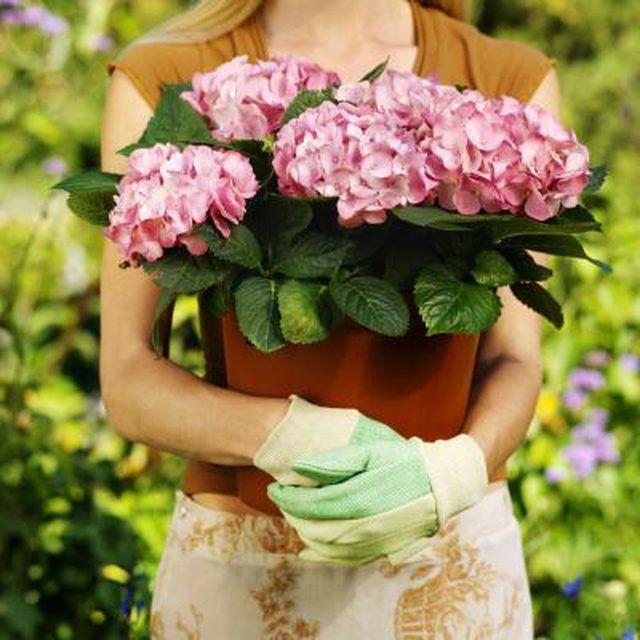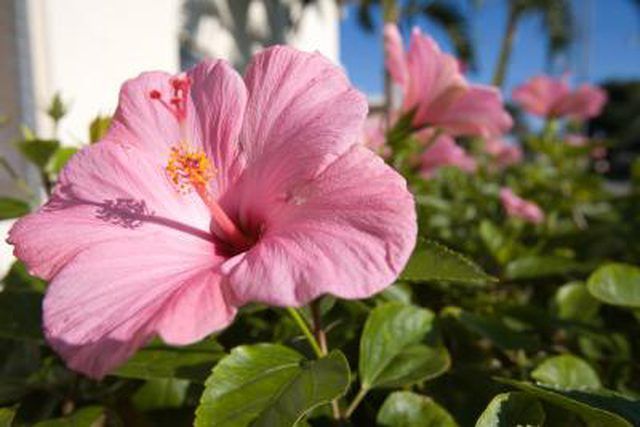Bulbs
Flower Basics
Flower Beds & Specialty Gardens
Flower Garden
Garden Furniture
Garden Gnomes
Garden Seeds
Garden Sheds
Garden Statues
Garden Tools & Supplies
Gardening Basics
Green & Organic
Groundcovers & Vines
Growing Annuals
Growing Basil
Growing Beans
Growing Berries
Growing Blueberries
Growing Cactus
Growing Corn
Growing Cotton
Growing Edibles
Growing Flowers
Growing Garlic
Growing Grapes
Growing Grass
Growing Herbs
Growing Jasmine
Growing Mint
Growing Mushrooms
Orchids
Growing Peanuts
Growing Perennials
Growing Plants
Growing Rosemary
Growing Roses
Growing Strawberries
Growing Sunflowers
Growing Thyme
Growing Tomatoes
Growing Tulips
Growing Vegetables
Herb Basics
Herb Garden
Indoor Growing
Landscaping Basics
Landscaping Patios
Landscaping Plants
Landscaping Shrubs
Landscaping Trees
Landscaping Walks & Pathways
Lawn Basics
Lawn Maintenance
Lawn Mowers
Lawn Ornaments
Lawn Planting
Lawn Tools
Outdoor Growing
Overall Landscape Planning
Pests, Weeds & Problems
Plant Basics
Rock Garden
Rose Garden
Shrubs
Soil
Specialty Gardens
Trees
Vegetable Garden
Yard Maintenance
Difference Between Complete and Incomplete Flowers
Difference Between Complete and Incomplete Flowers. A flower is a plant's reproductive structure. It attracts pollinators that carry pollen to other flowers. When pollen merges with an ovule of a flower, a seed is formed. The flower then forms a fruit to protect the seed.
A flower is a plant's reproductive structure. It attracts pollinators that carry pollen to other flowers. When pollen merges with an ovule of a flower, a seed is formed. The flower then forms a fruit to protect the seed.

Besides petals, most flowers have a stamen, a pistil and sepals. If a flower has all four of these parts, botanists consider it "complete." A rose, for example, is a complete flower. If one of these parts is missing, the flower is called "incomplete." A begonia is an incomplete flower, because its flowers have either a stamen or a pistil, but not both.

The stamen is the flower's male reproductive organ; the pistil is the female reproductive organ. Botanists also divide flowers into perfect or imperfect. Perfect flowers have functioning male and female organs, even if they are missing petals and sepals. Imperfect flowers lack either a stamen or a pistil, and so are always incomplete.

Sepals are green, leaf-like structures that enclose a developing flower and protect it until the flower is ready to open. The calyx is what the sepals together are called. Petals are designed to attract pollinators. They are generally highly colored and perfumed portions of a flower, and often have markings to attract insects.
